- Learning time
- 30 minutes
- First play time
- 90 minutes
Vikings
Designed by: Michael Kiesling
If the title sounds like a game of high-energy adrenaline, combat and salt spray in your hair, Vikings doesn’t exactly tick those boxes. What it does however, is offer an intriguing puzzle of moving parts – and more interaction than it may first appear.
Each player is exploring a series of islands and setting up camps there consisting of fishermen, scouts, goldsmiths, nobles, and perhaps most crucially warriors to defend from attack and boatmen to transport other vikings. How these islands are ‘explored’ is the crux of the game: over six rounds, a dozen tiles (mostly island tiles, but some of the dreaded ships too) are laid out around a circular wheel that dictates prices of the tiles from zero to eleven. A dozen of the aforementioned viking types are drawn randomly and placed in ascending value (fishermen first, all the way up to boatmen) alongside the tiles – when you buy a tile, you get the viking that comes with it. If there is only one of the lowest-value viking left a player can claim it (and the tile it comes with) for zero, and the wheel will spin around to the next available tile, bringing the prices down.
The claimed tile is placed on your player area, which starts as a coastline of the mainland, and you move eastwards by placing tiles along any of the matching rows: warrior, noble, and so on down to the lowly fisherman. You can place the tile anywhere you like (following some simple rules), but you can only add the viking that came with it if the tile is placed in the matching viking’s row: a noble in the nobleman row, goldsmith in the goldsmith row and so on. If you choose to place the island anywhere else, the non-matching viking must wait on the mainland for a boatman to transport it – which they can do at the end of rounds 2, 4 and 6, as long as there are vacant tiles to be claimed…
So why do you want these vikings to occupy islands? It’s pretty simple – goldsmiths will gather money for you at the end of every round, and the nobles and scouts score points during the scoring rounds and at the end of the game. Warriors protect you from the ships. You’ll always end up taking ships at some point, which go in the very top row of your player area. And you can only get the rewards from all the vikings in the same column as a ship if they are protected by a warrior, who not only serves as protection, but also gets points or money for doing so. Finally, the fishermen might seem useless during rounds 1-5, but at the very end of the game they feed your vikings, and can be the difference between a small points reward (if you have surplus fish) to a terrible points deduction (if you have nowhere near enough).
After the sixth round there is some final scoring where having the most boatmen, the biggest island and the most individual islands score you points – and the viking with the most points wins.
Joe says
Vikings rode one of the earlier waves of the new boardgaming scene, but seemed to get passed over somewhat by players looking for the next step after Catan and Carcassonne. Which is a shame, because it's an excellent game that is quite different from those two. The niche it tends to fill for me these days is when three players are looking for a game to play. Many games play best with four or two; three players can often mean that two players fight one another allowing the third to clean up, or one person gets picked on by the other two. Vikings, for reasons I can no longer remember(!), doesn't suffer these problems; in fact it is probably best with three.
The guru's verdict
-
Take That!
Take That!
Players don't directly interact - the ships are unwanted lots from a forced auction rather than sent by opponents - but there is certainly room here to take a slightly sub-optimal move in order to force someone else into a terrible one!
-
Fidget Factor!
Fidget Factor!
Low to moderate, depending on who's playing and how much time they need to think.
-
Brain Burn!
Brain Burn!
Although the abstracted nature of it makes Vikings a tough one to distill into a simple explanation, once you've played it once it speeds up dramatically - apart from when it doesn't. And those moments are when someone faces an agonising choice, over short-termism and long-termism and/or pessismism or optimism!
-
Again Again!
Again Again!
Tiles and vikings both come out randomly, but there's lots of room for varying player strategies too.

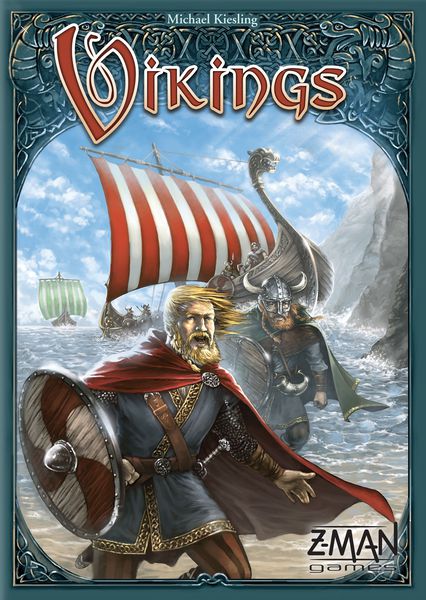

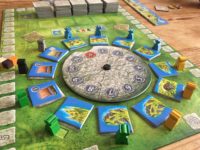
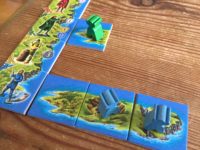

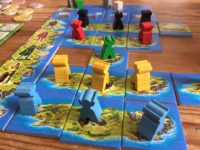


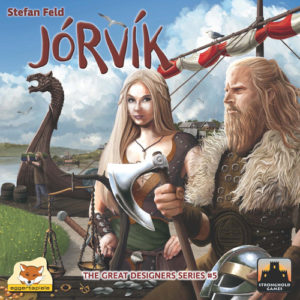
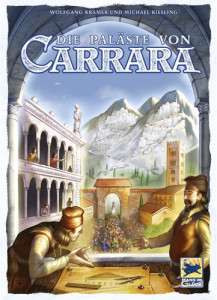
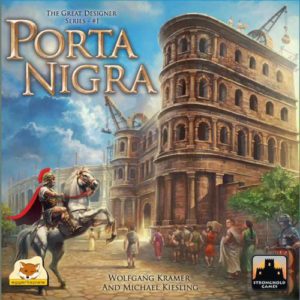
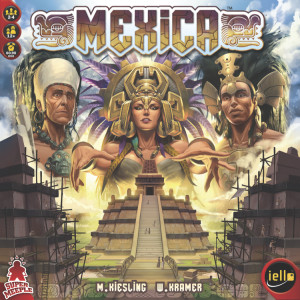
Sam says
It doesn't have the combative, narrative flavour of something like 878 Vikings: Invasion of England but Vikings has a different goal - more puzzle than story, more engine-building than sword-wielding. Although in its own cunning way it can be just as feisty. Cash-strapped players can use points as money, and I like this extra option of flexibility. Goldsmiths tend to be much sought-after early in the game as a source of funds, but it is possible to focus attention elsewhere and win - by grabbing heaps of fishermen and aiming for a big end-game bonus, or snaffling up noblemen. The all-important warriors though are key to everything, as without them all your vikings down tools and run away. Very clever, and very fun.